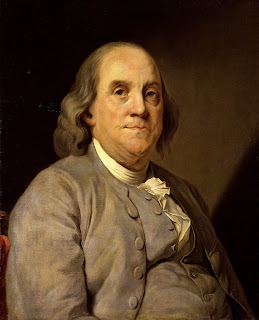Portugal | Parque de Serralves | Porto
credits: Serralves
Spring is back! Last 20 March was the first day of Spring 2016. Also known as the vernal equinox. Last Sunday, the equinox marked the point in space and time when the sun moved across the celestial equator from south to north.
Today March 25 is Good Friday. Two days from Easter. Easter is the most important Christian religious holiday and widely regarded as the second most popular holiday in general after Christmas season.
Parque de Serralves, Easter activities
credits: Serralves
The students and teachers got Easter school break most countries in Europe and elsewhere.
Time is fresh no sunshine day. However kids and families will enjoy the traditional host of Easter egg hunts outdoor.
Oh! Yes, there is Daylight Saving Time (DST) next Sunday, Easter day! It gives families the opportunity to enjoy an extra hour outdoors on Easter day.
Next 27th March time changes in Europe clocks. The nights are becoming lighter, leading up to Easter Sunday - March 27th at 1am (GMT) to be precise, when the clocks spring forward again and we can look forward to the warmth of summer, (if we're lucky).
Daylight saving time (DST) or summer time is the practice of advancing clocks during summer months by one hour so that in the evening daylight is experienced an hour longer, andnormal sunrise times are sacrificed.
Typically, regions with summer time adjust clocks forward one hour close to the start of Spring and adjust them backward in the Autumn to standard time.
Benjamin Franklin
credits: Joseph-Siffrein Duplessis,1785
credits: Joseph-Siffrein Duplessis,1785
The implementation of Daylight Saving Time has been fraught with controversy since Benjamin Franklin conceived of the idea. Even today, regions and countries routinely change their approaches to Daylight Saving Time.
Thus Daylight save first introduced in 1895 by George Vernon Hudson, a New Zealand entomologist (or insect expert). George Vernon Hudson, came up with the idea to the Wellington Philosophical Society outlining a daylight saving scheme which was trialled successfully in the country in 1927.
William Willett independently came up with the idea of DST in 1907. He waskeen to prevent people from wasting vital hours of light during summer mornings.
During 1916, Germany and its allies in World War 1 were the first countries to adopt daylight savings time to ensure consistent railroad times and limit coal usage.
Interestingly, not all countries will participate in the daylight savings 2016 time changes. EU countries which synchronise their DST include Portugal, UK, France, Germany, Spain, Italy and Bulgaria as well as most other European countries, including Norway and Switzerland.
A few European countries don't use DST at all: Russia, Iceland, Georgia, Armenia and Belarus.
In Europe, Summer time begins at 1:00 am. Universal Time (GMT). It begins the last Sunday in March.
Most of the United States began Daylight Saving Time at 2am on March 13th, the second Sunday in March. See how different countries in the world.
Education:
Teachers know that DST can be disruptive for some teenagers and school children everywhere. Students feel tired in the morning courses during the first week.
A discussion based on research shows that in the morning, young people need more time to sleep in for their health.
The rationale behind changing the times on the clock makes little (or more likely, no) sense to them. But let us explain the process using the video below:
Last year, I presented another video providing an animated explanation for moving our clocks forward and backward in the spring and fall.
Resources:
- Videos
You can use the videos on my post to provide a good explanation of the rationale for Daylight Saving Time. Students will understand better the reasons of DST. And can discuss pros and cons.
Kids are always very curious about why 'things' happen! Here a good way to let them learn about Day Light Saving, Spring Equinox and some traditions of different civilizations.
Other Resources:
- Links:
Earth & Sky : Vernal Equinox 2016
Daylight Saving around the world 2016
Six Reasons Not to Like Daylight Savings Time
Twenty Clocks in Culture
Well, some people don't like daylight saving time. I do love Spring DST because I really hate Autumn DST.
“General consensus is that really most of those things that were used as arguments for having daylight saving time in the past are really not applicable nowadays,” (...) "Every year, the question is: 'Why are we continuing with this, particularly when in some cases, it is more of a nuisance than benefit?' "
G-Souto
25.03.2016
Copyright © 2016G-Souto'sBlog, gsouto-digitalteacher.blogspot.com®
Education : Talking about Daylight Saving Time by G-Souto is licensed under a Creative Commons Attribution-NonCommercial-NoDerivatives 4.0 International License.

No comments:
Post a Comment